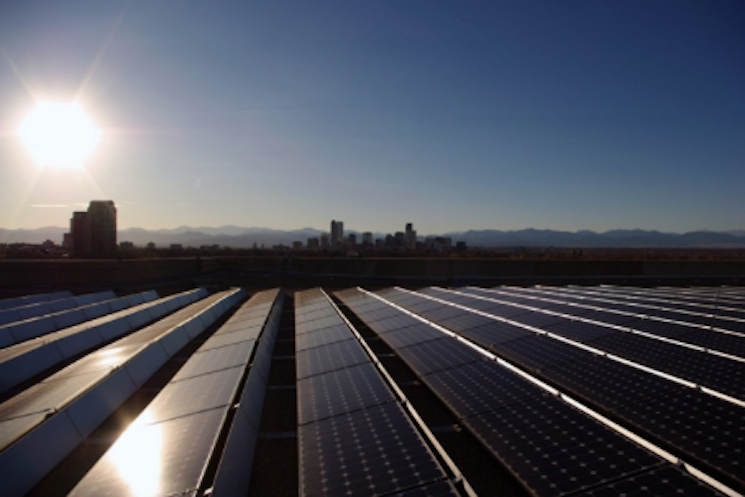July 3, 2014

Las Vegas, Nevada – As part of the Obama Administration’s comprehensive Climate Action Plan to create American jobs, develop domestic clean energy resources, and cut carbon pollution, the Bureau of Land Management (BLM) today held a competitive auction for renewable energy on public lands in the Dry Lake Solar Energy Zone in Clark County, Nevada. The auction generated $5,835,000 in high bids.
“Since President Obama took office, the BLM renewable energy program has been a huge success, having permitted 52 projects capable of leveraging $36.6 billion dollars in investment for clean energy,” said BLM Director Neil Kornze. “The historic results from today’s auction validate the smart development approach of the Western Solar Plan, just as they show that business is ready to come to the table in support of a clean energy future.”
The combined sealed- and oral-bid auction selected preferred applicants to develop utility-scale solar energy projects on six parcels across 3,083 acres of the Dry Lake Solar Energy Zone. The $5.8 million in high bids represents a 90-fold premium over the aggregate minimum bid.
The BLM’s auction builds upon a two-year planning effort between the Department of the Interior and the Department of Energy that has paved the way for smart utility-scale solar energy development on public lands. Using a landscape approach, the Western Solar Plan, approved in October 2012, created seventeen Solar Energy Zones with access to existing or planned transmission, incentives for development within those zones, and a process for considering additional zones.
In conjunction with today’s auction, the BLM also identified thirteen additional renewable energy projects on public lands in Western States that could meet environmental and administrative requirements for approval by the end of 2015. These thirteen projects include eleven solar projects and two wind projects located in Arizona, California, and Nevada. Two of these solar projects have been accepted by the BLM for consideration under the so-called variance provisions included in the Western Solar Plan. The other nine solar projects are traditional right-of-way actions that were initiated prior to the release of the Western Solar Plan.
By working with interested parties to minimize potential conflicts early in the process and identifying promising renewable energy projects currently under review, the BLM can better focus its limited resources on processing applications for those projects with the greatest likelihood of success.
If constructed, these facilities would create thousands of jobs and generate enough clean energy to power approximately one million homes. The projects have a total potential generating capacity of 3,030 megawatts.
Thanks in part to the Obama Administration’s investment in clean energy – the largest in American history – the United States has more than doubled renewable energy generation from wind, solar, and geothermal sources since 2008. Clean energy generation on public lands has contributed to significant reductions in carbon pollution by the United States – the largest such reductions of any country since 2006.
In 2009, the Interior Department established an aggressive goal of approving 10,000 megawatts of renewable energy projects on public lands by the end of 2012. The BLM exceeded this goal before schedule and, in June 2013, the President’s Climate Action Plan set a new goal of approving 20,000 megawatts by 2020, enough to power 6 million homes. Interior is well on its way to achieving this new goal. Since 2009, BLM has green-lighted 52 renewable energy projects, with an approved capacity of more than 14,000 megawatts, enough to power 4.8 million homes. The total includes 29 solar, 11 wind and 12 geothermal projects on public lands.
BLM-approved renewable energy projects on public lands have facilitated substantial capital investment by industry. Based on information published by the Energy Information Administration, completed projects on public lands have drawn an estimated $8.6 billion in total capital investment, while additional approved projects could result in a further $28 billion invested across the west.




